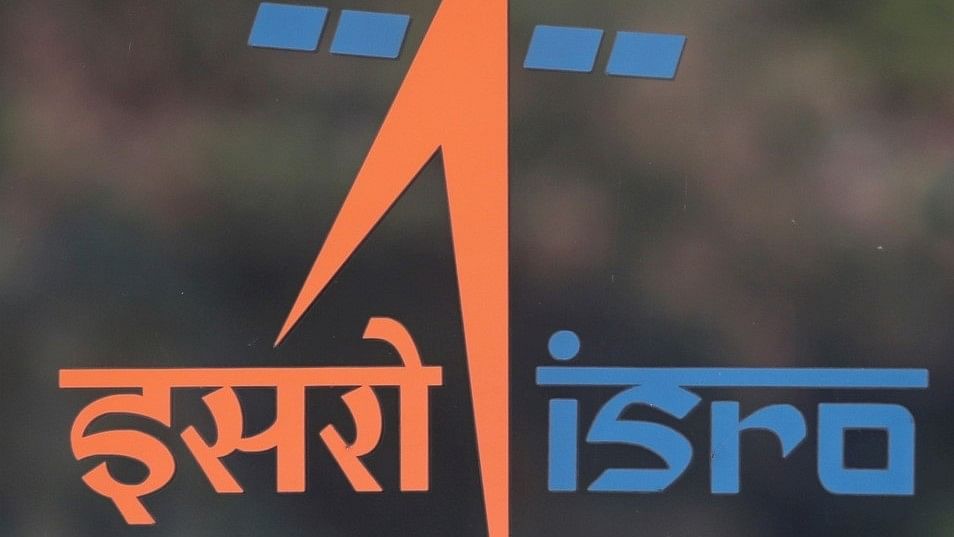
Indian Space Research Organisation (ISRO) logo.
Credit: Reuters FilePhoto
New Delhi: Two European satellites to probe the mysteries of the Sun reached Sriharikota spaceport this morning for a December launch onboard an ISRO rocket, Union Minister Jitendra Singh said here on Tuesday, citing India’s growing recognition as a global space power.
The two small satellites that will be launched together using a PSLV constitute the ESA’s Proba-3 mission and will pave the way for future multi-satellite missions flying as one virtual structure.
“The European Space Agency’s two satellites for the Proba-3 mission reached Sriharikota this morning for integration. It will be launched by a PSLV in the first week of December, and will allow the experts from India and Europe to study the Sun,” Singh said on the sidelines of the Indian Space Conclave. The launch has been scheduled for December 4.
As a world first, the two ESA satellites –the Coronagraph spacecraft and the Occulter spacecraft – will maintain formation to a few millimetres and arc second precision at distances of 144 mt or more for six hours at a time. In effect, the pair will be forming a virtual giant satellite.
This is the first launch of an ESA satellite from India after 2001 when a micro-satellite named Proba (Project for On-board Astronomy) was launched using the PSLV.
“The ESA mission is to observe the Sun's corona by using one satellite as an occulter to block out the Sun's disk while the other satellite images the outer atmosphere (corona),” solar physicist Dibyendu Nandi from Indian Institute for Science, Education and Research, Kolkata told DH.
Meanwhile, ISRO chairman S Somanath rued absence of investment from big industrial houses to develop rockets and other space assets in a large scale in the private sector, which he said, would be essential to make India a space super-power.
So far only two startups Skyroot and Agnikul are building rockets in the private sector to ferry satellites weighing up to 300 kg to a low earth orbit, and most of the private participation is restricted to startup companies.
"India is not devoid of big (industry) houses having enough capability to invest and create as much as others in the world. But, they need to take the plunge, possibly alone or in a very cooperative mode with others," the ISRO chairman said addressing the conclave organised by the Indian Space Association.
India’s share in the global space market is just about 2 per cent even though the government has set an aim to enhance it to 8 per cent by 2030 and 15 per cent by 2047. But to make it happen, participation from big industrial houses would be required.
Somanath said investments were not forthcoming from big industry within the country for the upstream side of the business despite pursuing the matter with them.
"There are industries and startups happening, but their ability to scale up to a level to become competitive to challenge established players remains to be seen. It is here that the role of bigger industrial houses need to come in. If you want to really scale up, it has to be through a very high level of risk-sharing capability that has to be taken only by bigger industrial houses," he said.
